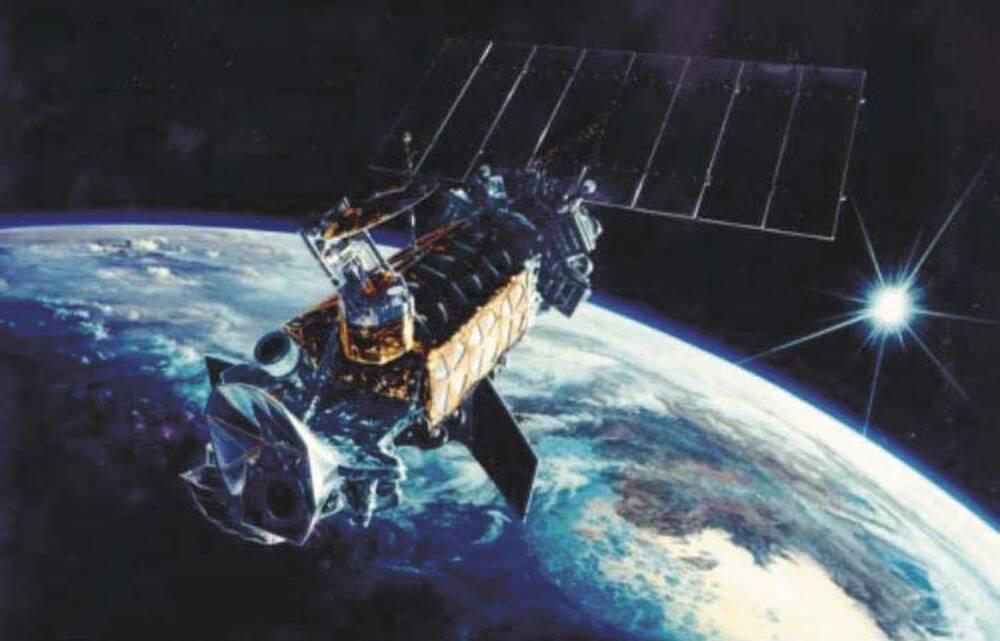Lightelligence, a Boston-based photonics company, revealed the world’s first small form-factor, photonics-based computing device, meaning it uses light to perform compute operations. The company claims the unit is “hundreds of times faster than a typical computing unit, such as NVIDIA RTX 3080.” 350 times faster, to be exact, but that only applies to certain types of applications.
However, the PACE achieves that coveted specialization through an added field of computing — which not only makes the system faster, it makes it incredibly more efficient. While traditional semiconductor systems have the issue of excess heat that results from running current through nanometre-level features at sometimes ludicrous frequencies, the photonic system processes its workloads with zero Ohmic heating — there’s no heat produced from current resistance. Instead, it’s all about light.
Lightelligence is built around its CEO’s Ph.d. thesis — and the legitimacy it provides. This is so because when “Deep Learning with Coherent Nanophotonic Circuits” was published in Nature in 2017, Lightelligence’s CEO and founder Yichen Chen had already foreseen a path for optical circuits to be at the forefront of Machine Learning computing efforts. By 2020, the company had already received $100 million in funding and employed around 150 employees. A year later, Lightspeed has achieved a dem product that it says is “hundreds of times faster than a typical computing unit, such as NVIDIA RTX 3080”. 350 times faster, to be clear.
The PACE’s debut aims to charm enough capital to comfortably reach its goal of launching a pilot AI accelerator product to the market in 2022. That’s still only a stretch goal in the company’s vision, however, its goal is to develop and distribute a mass-market, photonics-based hardware solution as early as 2023, targeting the Cloud AI, Finance, and Retail markets. Considering how Lightelligence managed to improve the company’s 2019 COMET design performance by a factor of a million with PACE in a span of two years, it’ll be interesting to see where their efforts take them when it comes to launching.





